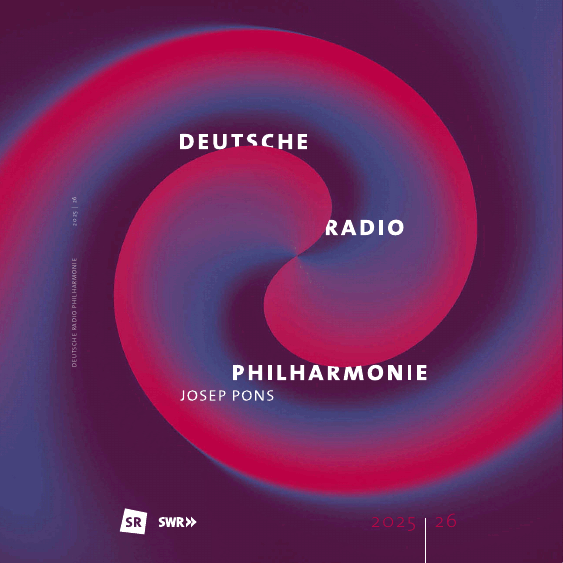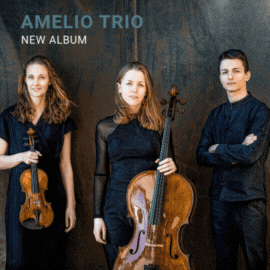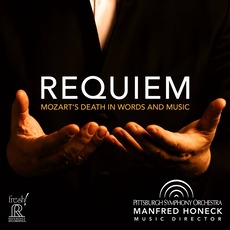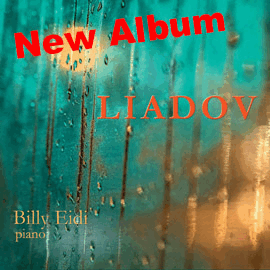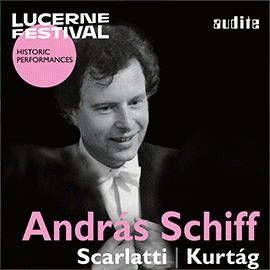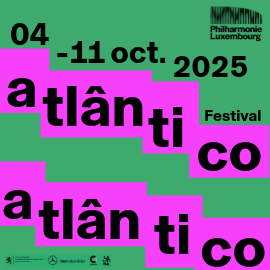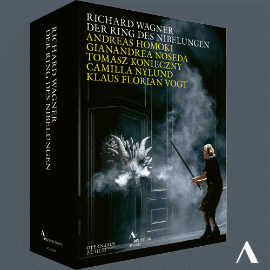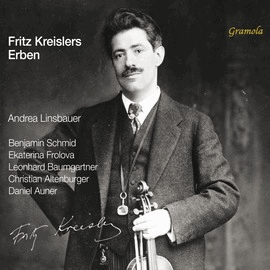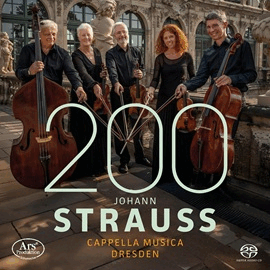Manfred Honeck hat sein Projekt ‘Mozart und der Tod in Wort und Musik’ mit vielen Orchestern aufgeführt, in Chicago, San Francisco, Pittsburgh, in der Elbphilharmonie und bei den Salzburger Festspielen.
Musikalisch wichtig ist dabei, dass er das Requiem als unvollendetem Werk dirigiert, also die Süßmayr-Teile weglässt. Er lässt also das Requiem an der Stelle abrupt enden, wo Mozart zu komponieren aufgehört hatte – nach dem achten Takt im Lacrimosa. Stattdessen ergänzt er die Musik mit Textfragmenten aus einem Brief Mozarts an seinen Vater, Auszügen aus der Offenbarung des Johannes und zwei Gedichten der Lyrikerin Nelly Sachs – aber auch mit anderen Musikstücken, Musik von Mozart und Gregorianische Choräle.
Das alles wirkt gebastelt und theatralisch, und theatralisch, wenn nicht gar manieriert ist auch die Interpretation des Requiem-Torsos.
Also: wer das Mozart-Requiem hören will, findet anderwärtig genügend gute Aufnahmen. Wer sich dieses Kuriosum zu Gemüte führen will mag mit entsprechender Offenheit und Akzeptanz auch glücklich werden.
Manfred Honeck has performed his project, ‘Mozart and Death in Words and Music,’ with many orchestras in Chicago, San Francisco, and Pittsburgh; at the Elbphilharmonie; and at the Salzburg Festival.
Musically, it is important to note that Honeck conducts the Requiem as an unfinished work, omitting the Süßmayr sections. This allows the Requiem to end abruptly where Mozart stopped composing, after the eighth bar of the Lacrimosa. Honeck supplements the music with text fragments from a letter Mozart wrote to his father, excerpts from the Book of Revelation, and two poems by Nelly Sachs, as well as other musical pieces, including Mozart’s compositions and Gregorian chants.
This seems contrived and theatrical, as does his interpretation of the Requiem torso.
Therefore, if you want to hear Mozart’s Requiem, you will find plenty of good recordings elsewhere. Those who want to experience this curiosity may be satisfied if they approach it with openness and acceptance.



